What is sRGB used for?
sRGB is a color space that is a subset of the RGB color model. It was created by Hewlett-Packard and Microsoft in 1996 as an alternative to the more common RGB color model. The purpose of this color space was to create a color space for the web that was more compatible with standard computer monitors in order to create a standard for the internet.
This blog will be looking at how the sRGB color space is created and how it's used.

-
What is sRGB?
sRGB is a color space (or gamut) used by computing devices to display colors. The sRGB color space is a smaller color space compared to Adobe RGB, which is bigger. The sRGB color space is used by most computers, tablets, smartphones, and other mobile devices because it can produce the best combination of lightness and color within that device. A lot of people tell me they are confused as to what sRGB is and how it is used. I am here to clear that confusion up for you. The sRGB color space is a smaller color space compared to Adobe RGB, which is bigger. The sRGB color space is used by most computers, tablets, smartphones, and other mobile devices because it can produce the best combination of lightness and color within that device. sRGB is a color space used by computing devices to display colors. The sRGB color space is a smaller color space compared to Adobe RGB, which is bigger. The sRGB color space is used by most computers, tablets, smartphones, and other mobile devices because it can produce the best combination of lightness and color within that device.
-
How to use sRGB?
sRGB is one of the industry standard color spaces used in most of the screens such as external camera screen and projectors. It is recommended to work within this color space to ensure that the colors on all screens match. This blog looks at how you can use calibrated monitors and the sRGB color space to ensure that colors are the same on all the screens in your organization and that the colors match.
-
How sRGB affects you.
sRGB is an acronym for the Standard Red Green Blue. It's a color space created to define the colors that the average computer monitor can display. The average monitor is called a sRGB monitor (duh). It's a bit like how x86 is a processor architecture that has become synonymous with the word computer (even though there are other processor architectures).
-
What is the purpose of sRGB?
sRGB is one of the most well-known color spaces used in digital imaging and displays. While it is not the only standard for displaying colors, it is the most common in computers and the Internet. The sRGB color spaces has the same specifications and features as the regular RGB color space, but it is slightly different. So, why is it even used? What differences are there between sRGB and RGB? You might be surprised to find out that sRGB was developed to help address these very questions. We’ll explore its history and current uses, as well as how it is different from the regular RGB color space.
About Uperfect: Individualized and the best portable monitor are available from UPERFECT for people who have specific display needs. We use a variety of technologies at UPERFECT to improve the lives of those who come into contact with our displays. We are proud to offer high-quality design and customer service at a low cost, thanks to decades of knowledge and research at the heart of our business model and delivery process!
Conclusion
RGB is a color space that is used for electronic devices such as computers and cell phones. The color space is used for viewing and printing purposes. sRGB is a color space that has been created to display webpages, images, and videos that are on the internet. This color space is used in devices that are used for viewing the internet or multimedia. The sRGB color space was created by HP and Microsoft in 1996. This color space was used in Windows 95 and Windows NT 4.0. The sRGB color space is a color space that uses a gamma curve that has a gamma of 2.2. This color space is used in many devices and it is used in printed materials such as magazines, posters, and books. We hope you enjoyed our blog about sRGB.




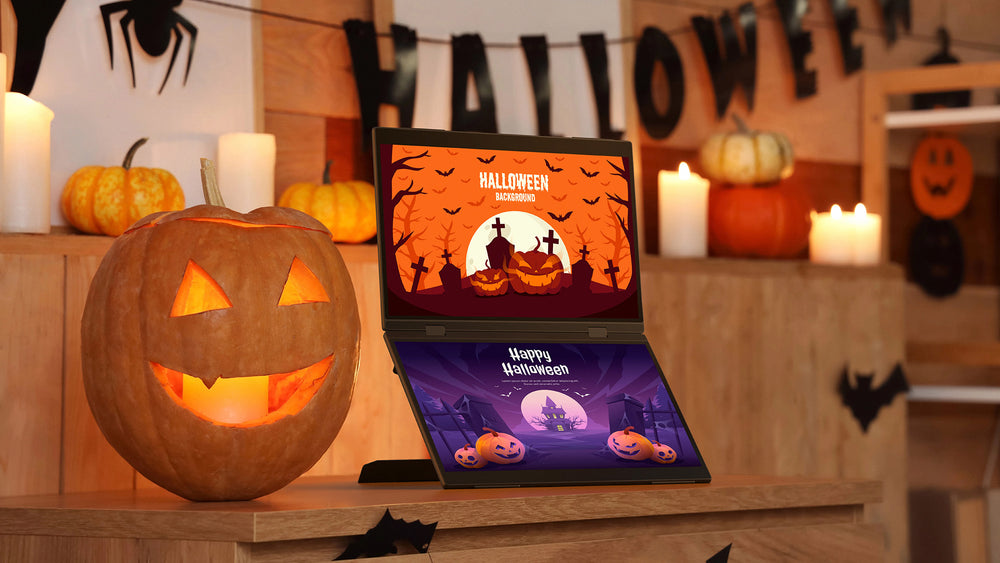
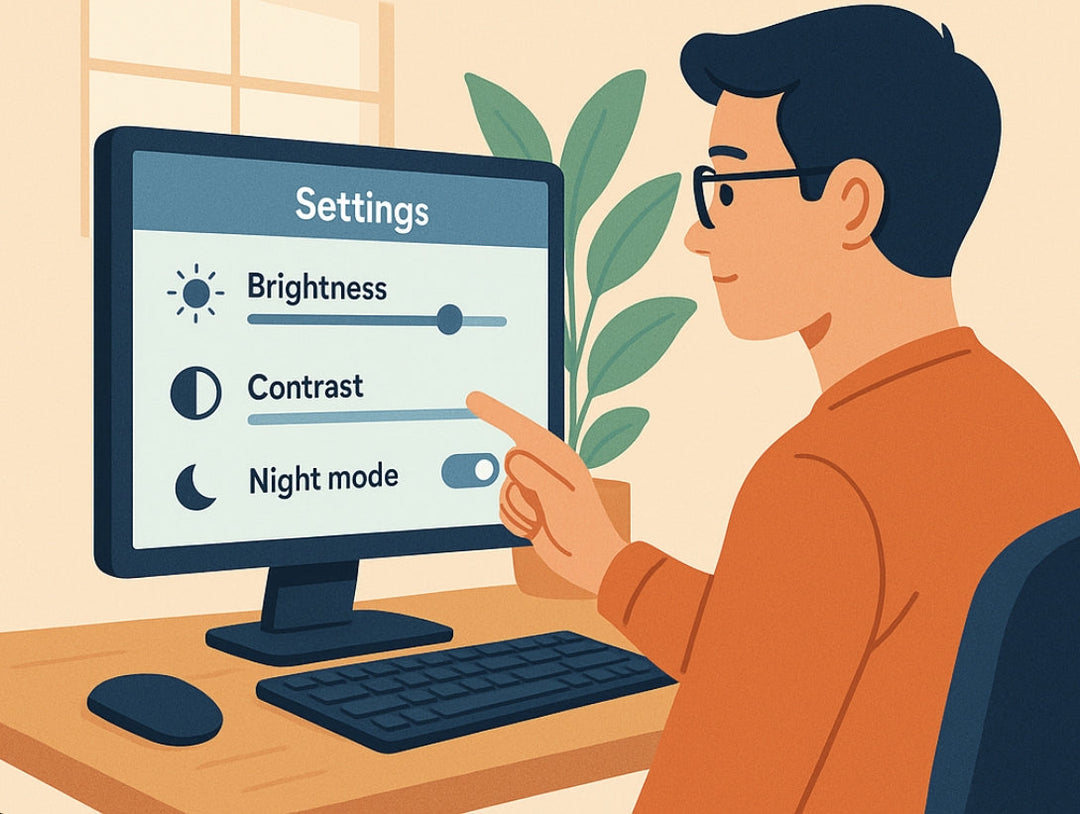
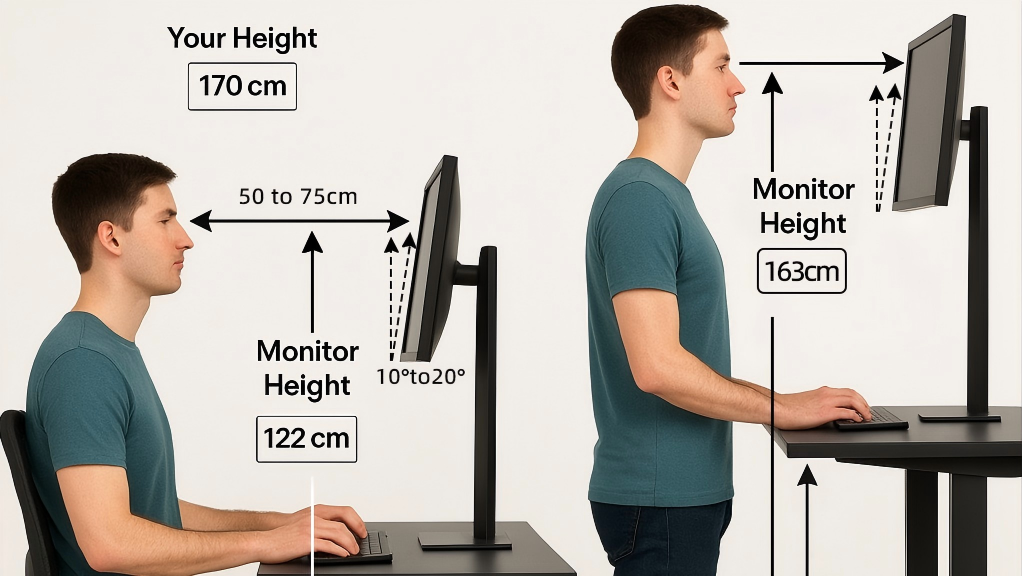

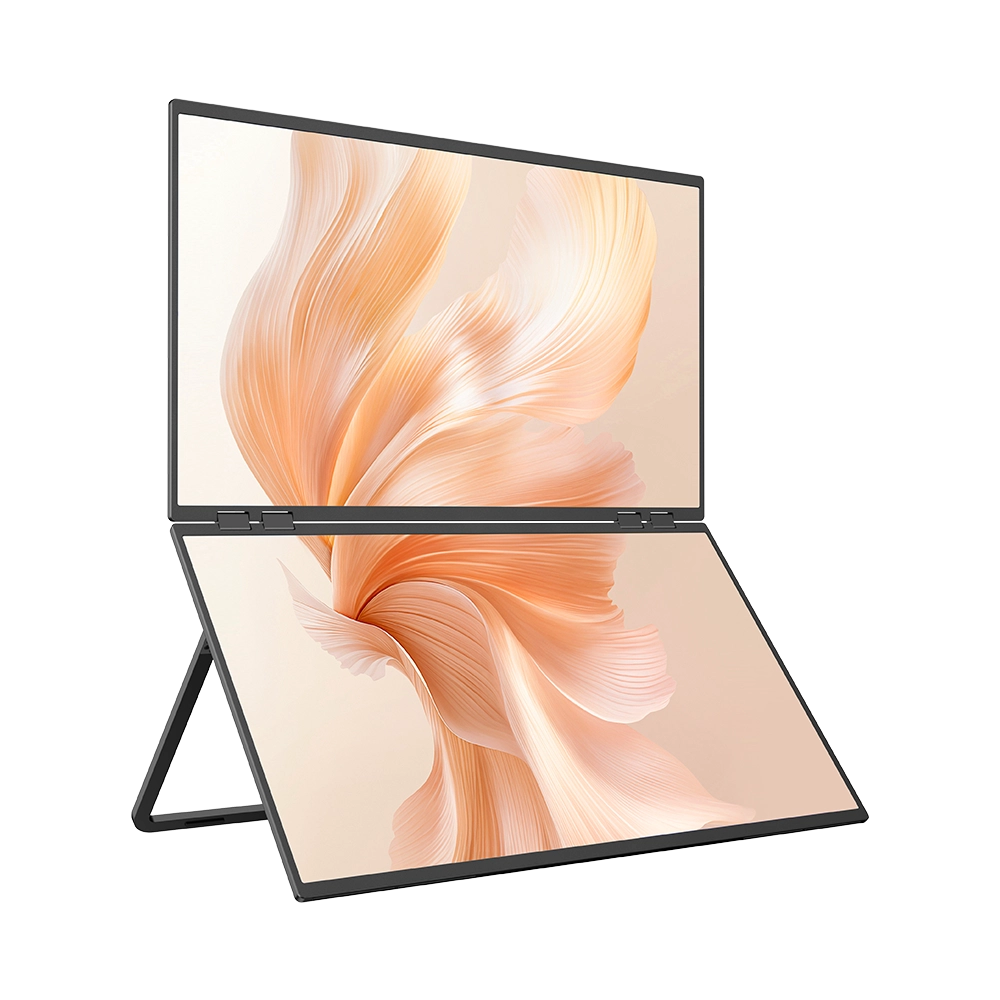
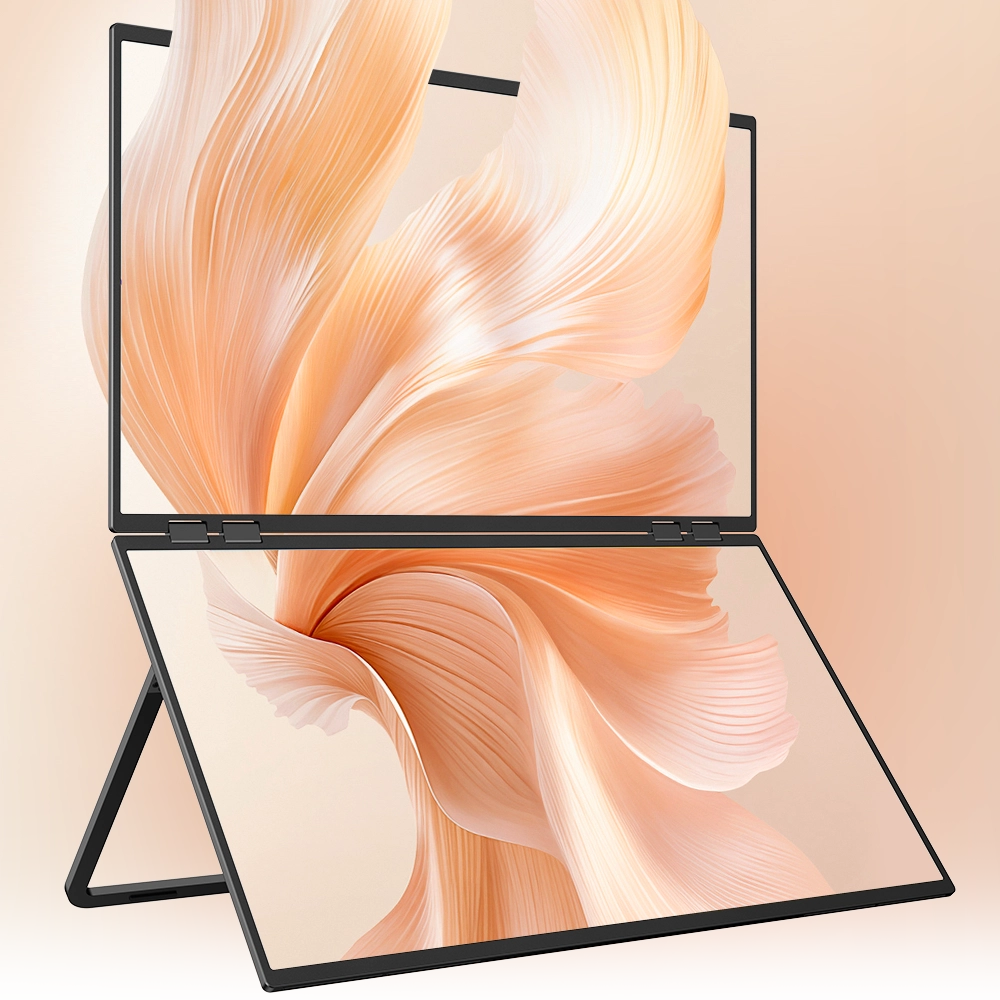
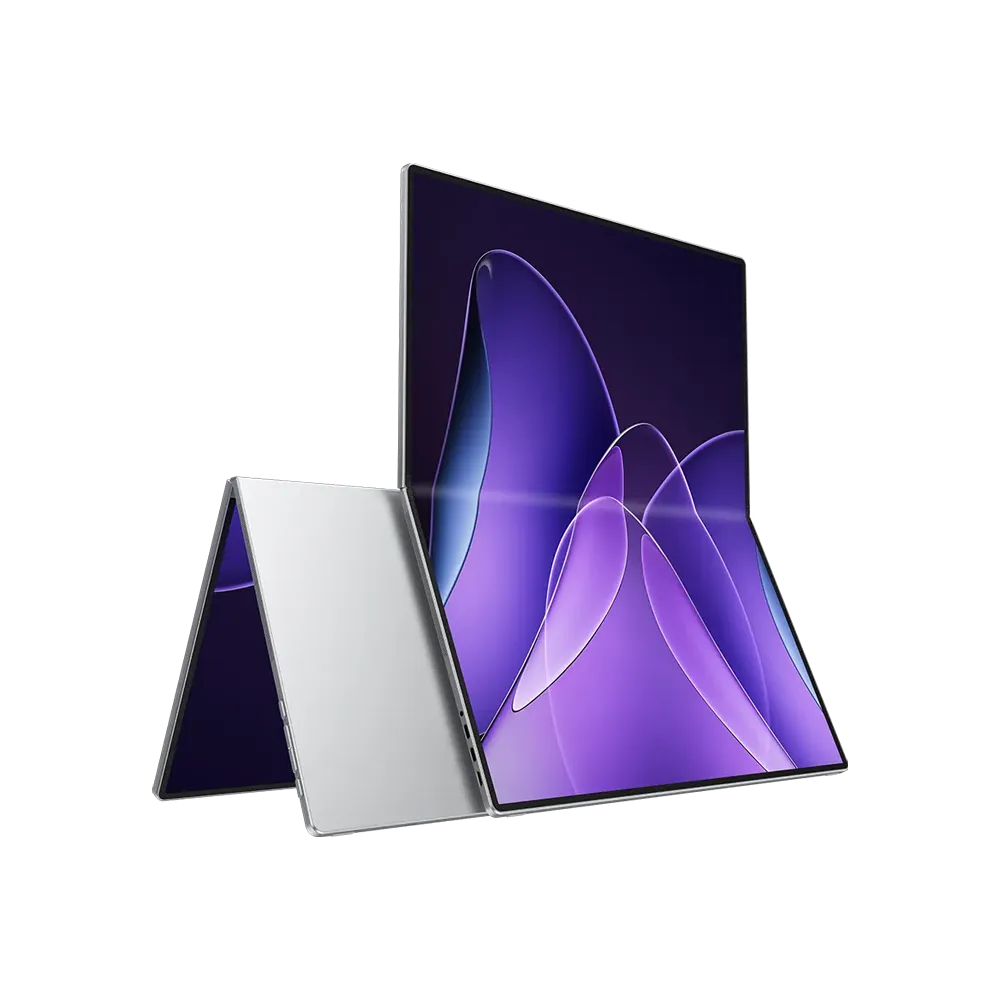

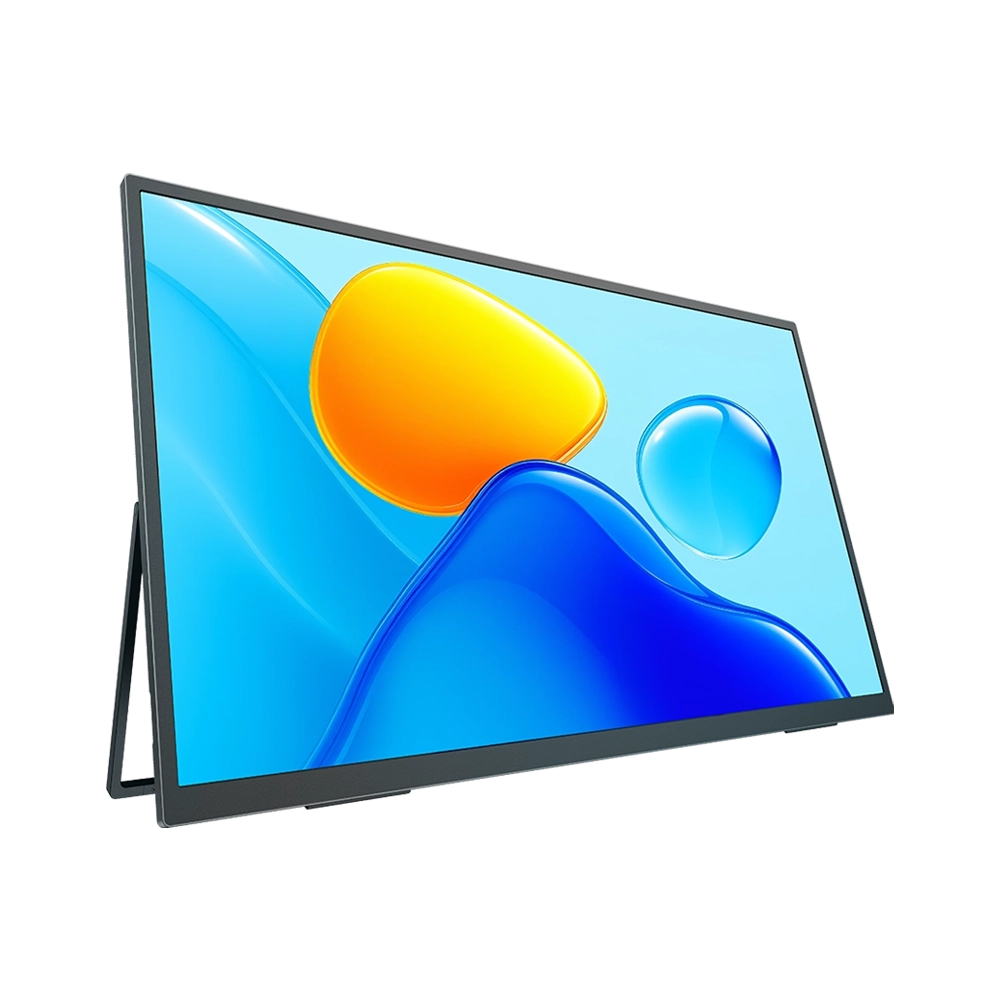
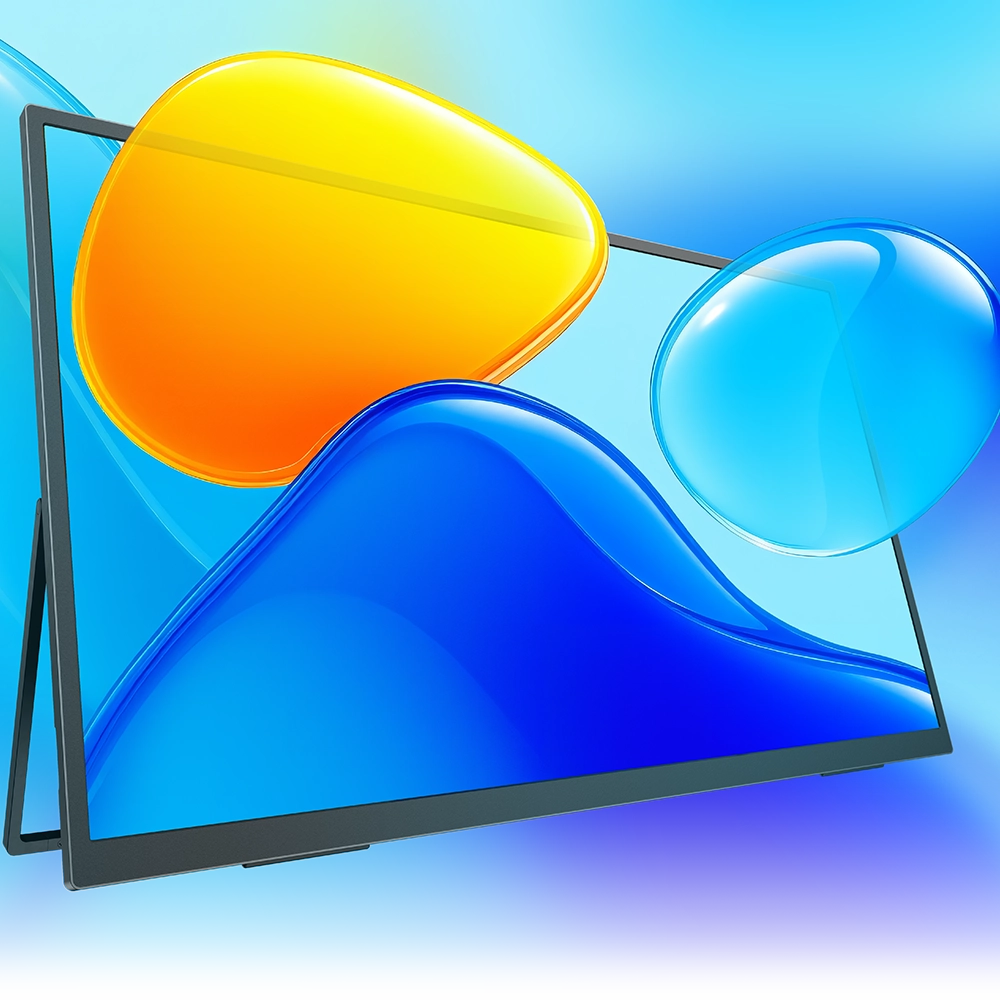
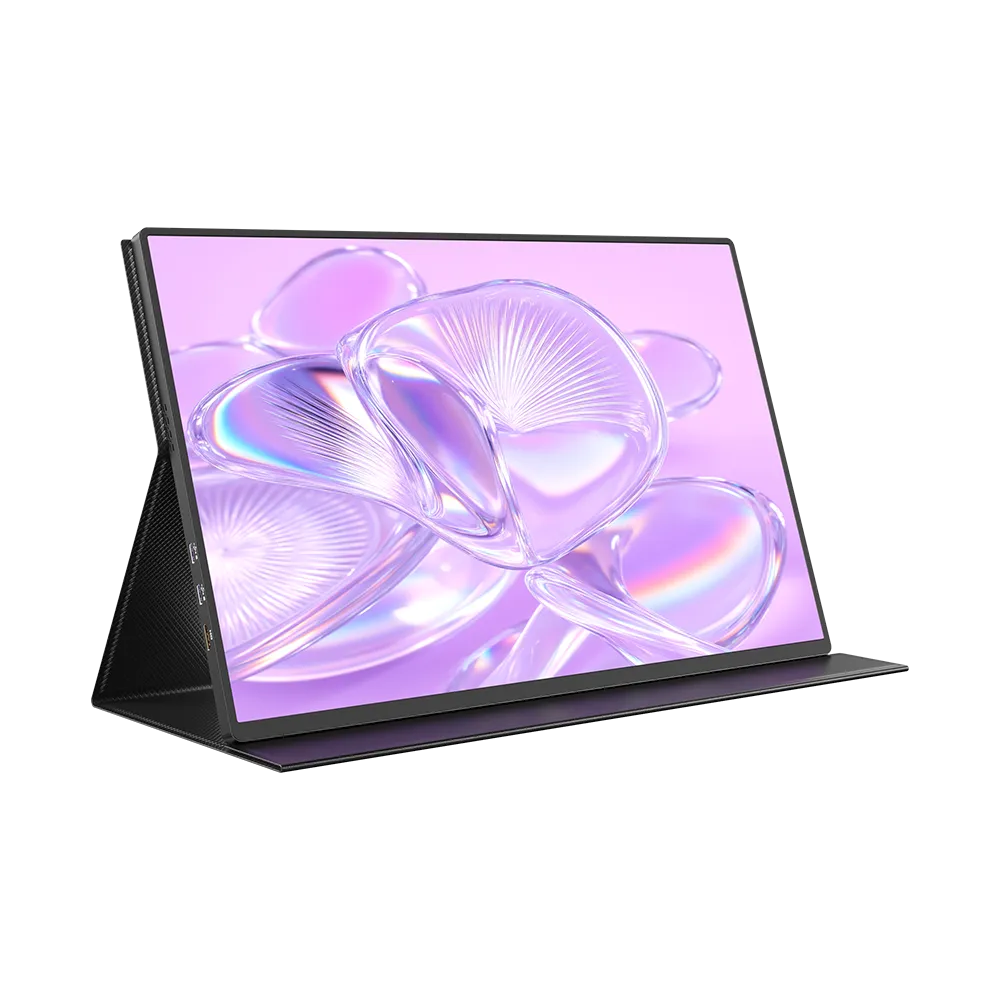
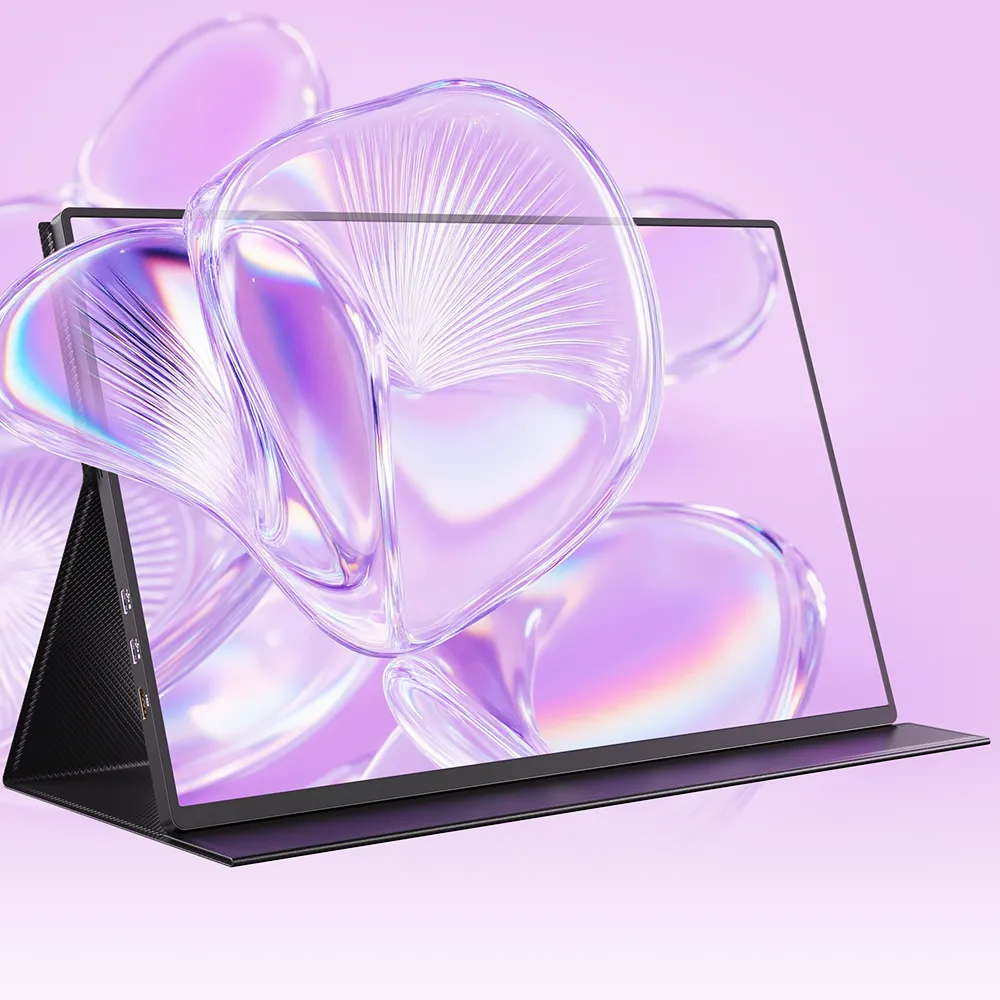



Leave a comment